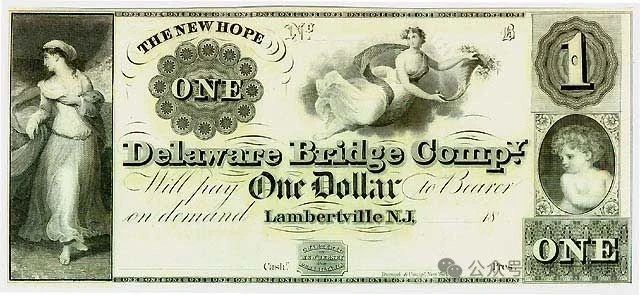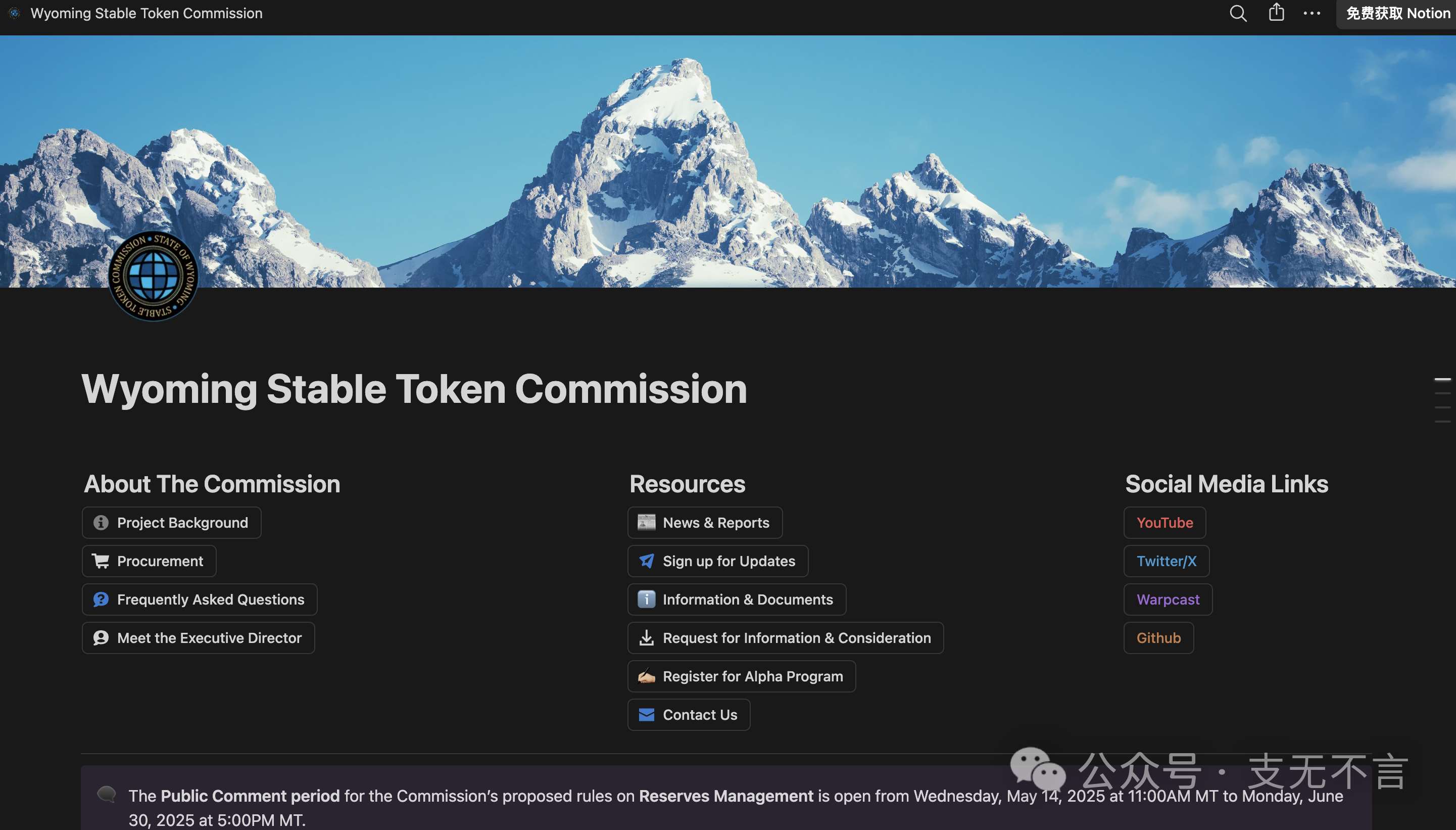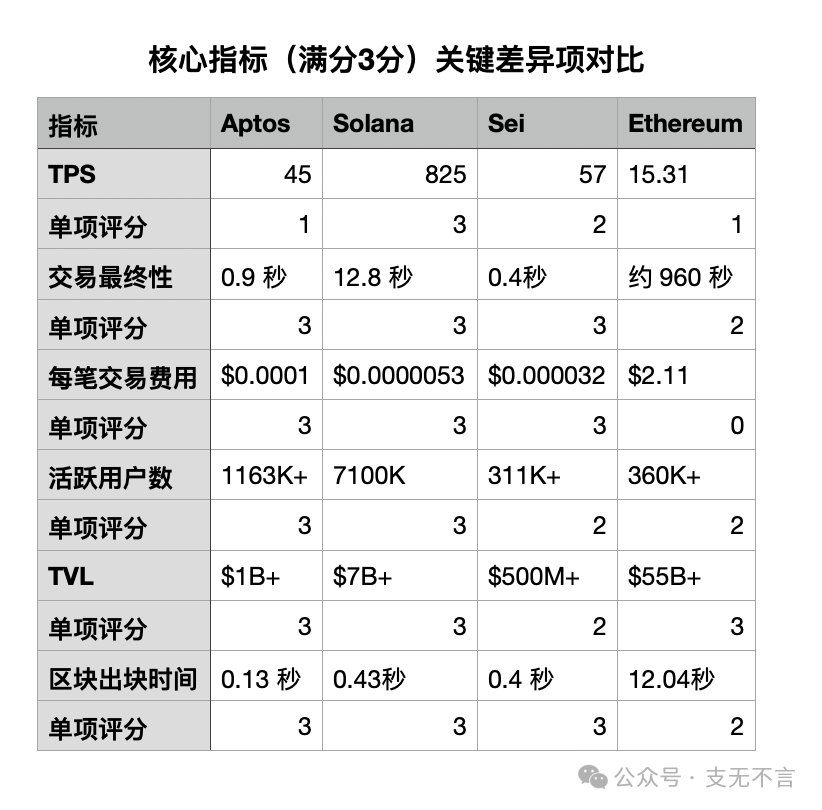Scoring Public Blockchains.

Last night, I saw a news report that Wyoming, USA, conducted a public scoring to choose a public blockchain for its upcoming stablecoin WYST. Ultimately, 11 blockchains made it to the candidate list, with Aptos and Solana tying for first place with 32 points, followed closely by Sei with 30 points. Ethereum and several Layer 2 solutions scored only 26 points or lower, which may differ significantly from the perceived activity levels and prices of public blockchain ecosystems. How was this score determined? I was curious, so I studied it together with GPT.
1/ First, I want to commend the Wyoming state government for their build in public approach. The Wyoming Stable Token Committee, which is behind the stablecoin WYST, was established in March 2023 under the state's Stable Token Act. This committee has a public Notion document that includes project descriptions, meeting calendars and records, scoring criteria and results, memos, Q&A, contact information, and lists its own YouTube channel, X account, Warpcast account, and GitHub account, showing more seriousness and transparency than many current projects.
If you're interested, you can check it out directly:
https://stabletoken.notion.site/
2/ In Q4 2024, the committee initially selected 28 public blockchains. They first filtered out 14 based on four yes/no questions regarding permissionless access, supply transparency, on-chain analysis, and the ability to freeze. Then, they scored the remaining blockchains based on 9 indicators (3 points each), including network stability, active user count, TVL, stablecoin market cap, TPS, transaction fees, transaction finality time, block time, and whether they are registered in Wyoming. Finally, they added or deducted points based on 5 additional advantages (2 points each) and 6 additional risks (-2 points each).
The final recommendation included 5 Layer 1 main chains: Solana (32 points), Avalanche (26 points), Ethereum (26 points), Stellar (24 points), Sui (26 points), and 4 eligible Layer 2 chains: Arbitrum (26 points), Base (25 points), Optimism (19 points), Polygon (26 points) in the "candidate blockchain" list.
3/ Aptos and SEI were actually newly included in the evaluation in Q1 of this year. In this quarter, the committee updated the evaluation criteria, adding a new yes/no question regarding "vendor support," meaning "the blockchain must have support from committee partner vendors for development, auditing, and infrastructure deployment, which can be undertaken by the foundation with approval."
They also updated a requirement stating, "The chain must be fully indexed and supported by the committee's partner on-chain analysis platforms (such as Chainalysis, TRM Labs)."
Two new scoring points were added to the additional advantages:
- Emerging Market Trends: Whether it supports emerging projects in AI, DePIN, virtual reality, gaming assets, etc.
- Foundation Support: Whether the foundation can support one or all of the following: technical development, WYST liquidity, and market promotion.
In this scoring round, Aptos and SEI scored 32 and 30 points respectively, thus being added to the candidate chains.
4/ So how did this score difference arise? I created a comparison chart focusing on key differentiating factors. Please note that since the new round of scoring did not re-evaluate the previously selected 9 public blockchains, some data here is from the end of 2024 and not the latest.

It can be seen that Ethereum's TVL is dramatically leading, but in terms of TPS, transaction finality time, transaction fees, and block time, this decentralized chain has suffered significantly. Here, we can also see that the diversion to Layer 2 has caused the active user count on Ethereum's mainnet to be on par with SEI, significantly lagging behind Aptos and Solana.
But how did Aptos manage to tie with Solana for the highest score? I found that Aptos is indeed very balanced, with strong compliance, fast speed, low costs, and relatively stable networks. Additionally, the second round of scoring added two scoring points in the additional advantages, but Solana did not re-participate in this round of scoring. If these two points are removed, Solana would still have the highest actual score.
5/ It's worth noting for Ethereum supporters that although Ethereum has always touted itself as the best choice for carrying real assets on-chain, when it comes to government-level technology selection, aspects like permissionless networks are merely a threshold to pass. Network stability is just one of the core indicators; the lack of technical barriers and insufficient network availability are risk deduction items. Solana lost 1 point for going offline, but the overall impact was minimal. There was no scoring for decentralization; the state government placed more importance on the ability to freeze and whether there is a physical presence in Wyoming. Most core indicators focus on performance, cost, and scale.
Of course, this state-level stablecoin issuance has stated from the beginning that it will adhere to the principles of "multi-chain support and technological neutrality." They will continue to update rules, collect feedback, and welcome chains that did not make the list to submit applications for evaluation, so theoretically, both the public blockchains that made the candidate list and those that did not still have opportunities.
6/ In addition to the public blockchain selection, Wyoming's state-level stablecoin project is also noteworthy. As the first state in the U.S. to plan to issue a stablecoin, WYST was originally scheduled to launch before July 4, but during the regular meeting at the end of May, this timeline was postponed to Q3 2025, with a new proposed date of August 20. Subsequent work will involve public opinion collection on reserve management rules and final approval, establishing a dedicated ledger/accounting chart for the committee, setting up trust accounts and liquidity fund accounts with third-party custodians, and engaging with licensed service providers, including centralized exchanges, payment platforms, digital wallets, and market makers for the purchase and resale of WYST, among other tasks.

Ultimately, the reserves behind the stablecoin will be managed by Franklin Templeton, with Chainalysis responsible for on-chain analysis, and integration completed in collaboration with LayerZero and Fireblocks, establishing a decentralized verification network and launching the official website. The WYST contract will be deployed to the mainnet before August 20, followed by a public announcement at the Wyoming Blockchain Symposium.
In addition to Wyoming, Nebraska has passed its "Financial Innovation Act," authorizing an entity named Telcoin to issue a state-supported stablecoin, temporarily called eUSD. An overseas territory of the U.S., Tinian Island in the Northern Mariana Islands, attempted to issue a dollar stablecoin named Marianas US Dollar (MUSD), which was vetoed by the governor in April this year, but the Senate overturned the governor's veto in May.
The scenario of various U.S. states and major companies gearing up to issue their own stablecoins easily evokes memories of the Free Banking Era from 1837 to 1866, during which various states, cities, private banks, railroads, construction companies, stores, restaurants, churches, and individuals issued approximately 8,000 different currencies by 1860, lacking a unified standard. The accompanying image is a private currency of one dollar issued by the Delaware Bridge Company of New Jersey from 1836 to 1841.
7/ Recently, there has been a lot of discussion about the RMB stablecoin, with some large companies eager to try. After the question of whether to have one, the next question may be which chain to run it on. Should a new dedicated chain be launched, or should existing large companies use their own consortium chains like Ant Chain or JD Chain? Should they connect to commonly used international public chains, or use some domestic public chains like Hashkey Chain, Conflux, etc.? This question poses a new challenge for governments and enterprises in China, the U.S., and other countries worldwide. Wyoming's scoring system and public disclosure may not be perfect, but it sets an example for future participants. We should expect to see more interesting governance developments in the future.
免责声明:本文章仅代表作者个人观点,不代表本平台的立场和观点。本文章仅供信息分享,不构成对任何人的任何投资建议。用户与作者之间的任何争议,与本平台无关。如网页中刊载的文章或图片涉及侵权,请提供相关的权利证明和身份证明发送邮件到support@aicoin.com,本平台相关工作人员将会进行核查。



